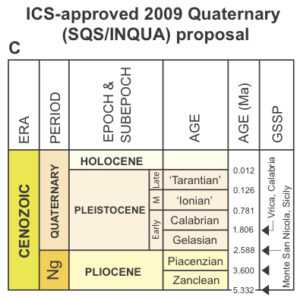by Cap Allon, Oct 11, 2020 in Electroverse
The following article is written by Bob Hoye of www.pivotaladvice.com.
Last week, the Global Warming policy Forum headlined “La Nina Is Here”. Why the headline? Because the warming El Nino is over and the change to the La Nina represents cooling. Like seasonal and actual climate change, it is a regular event. Which in physics means logical and predictable. And some cooling is showing up in various charts. Well, in those not altered by promoters of AGW.
…
…

…
by University of Exter, Oct. 11, 2020 in WUWT
Pioneering new research has helped geologists solve a long-standing puzzle that could help pinpoint new, untapped concentrations of some the most valuable rare earth deposits.
A team of geologists, led by Professor Frances Wall from the Camborne School of Mines, have discovered a new hypothesis to predict where rare earth elements neodymium and dysprosium could be found.
The elements are among the most sought after, because they are an essential part of digital and clean energy manufacturing, including magnets in large wind turbines and electric cars motors.
For the new research, scientists conducted a series of experiments that showed sodium and potassium – rather than chlorine or fluorine as previously thought – were the key ingredients for making these rare earth elements soluble.
This is crucial as it determines whether they crystalise – making them fit for extraction – or stayed dissolved in fluids.
The experiments could therefore allow geologists to make better predictions about where the best concentrations of neodymium and dysprosium are likely to be found.
The results are published in the journal, Science Advances on Friday, October 9th 2020.
University of Exeter researchers, through the ‘SoS RARE’ project, have previously studied many natural examples of the roots of very unusual extinct carbonatite volcanoes, where the world’s best rare earth deposits occur, in order to try and identify potential deposits of the rare earth minerals.
…
…
by D. Middelton, Oct 11, 2020 in WUWT
…
…
Estimates have ranged from 70,000 to 5,000,000 years ago. The oldest confirmed polar bear fossil dates to 110,000 to 130,000 years ago… Meaning that polar bears survived the Eemian interglacial stage.
The peak warmth of the Eemian interglacial stage marks the boundary between the Late Pleistocene Tarantian Age and the Middle Pleistocene Ionian Age.

…
La géologie, une science plus que passionnante … et diverse


